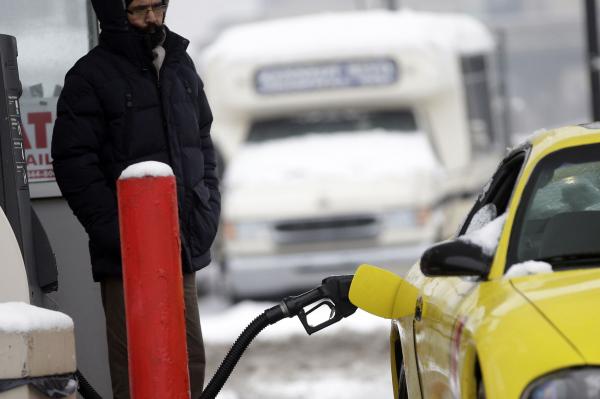
Nov. 14 (UPI) — Retail gasoline prices continue to put a strain on consumer pocket books late in the season, though relief is around the corner, a market report found.
Motor club AAA reports a national average retail price for regular unleaded gasoline at $2.56 per gallon early Tuesday, up just a fraction of a percent from Monday but 40 cents per gallon higher than on this date last year.
In its retail market report for the week, AAA said consumer demand has been stronger than normal late in the fall season, which has eaten into national supplies. Last week, total U.S. gasoline inventories declined by 3.3 million barrels, creating a tighter market and higher prices at the pump.
“However, while November gas prices have come in like a lion, AAA expects them to go out like a lamb,” AAA spokesperson Jeanette Casselano said in a statement.
In its monthly market report, the U.S. Energy Information Administration said the retail market sector may be just rebounding from the disruptions that followed Hurricanes Harvey and Irma. The government estimates the average price for gas in November will be about 10 cents lower than Tuesday’s average and settle to $2.39 per gallon by next month.
The West Coast market maintained its distinction as the most expensive in the country, though some of that was supported by a hike in fuel taxes. California beats Hawaii and Alaska now for the highest price in the country at $3.24 per gallon, though prices may settle down because more oil is moving into regional refineries, AAA said.
The Great Lakes, meanwhile, is still adjusting to refinery and pipeline issues that, history shows, makes the region the most volatile market in the country. Gas prices in Michigan jumped a nickel, while Indiana saw the price at the pump move lower by 13 cents per gallon.
Gasoline inventories in the Great Lakes are at their lowest in three years.
Dan McTeaque, a senior petroleum analyst watching the broader North American market for GasBuddy, said to be thankful for the modest spikes as Canadian gas prices are up 80 cents per gallon from last year. Overall, the trend means fewer dollars in the pocketbooks for drivers in either country, he said.
“An approaching colder winter, lower distillate inventory and high U.S. demand for gasoline will have an impact on our wallets, like it or not,” he told UPI in response to emailed questions.





